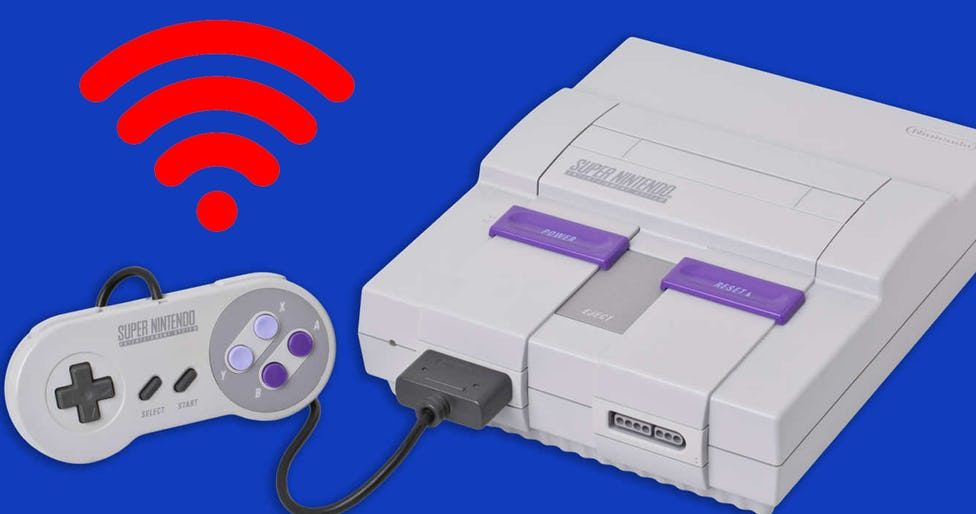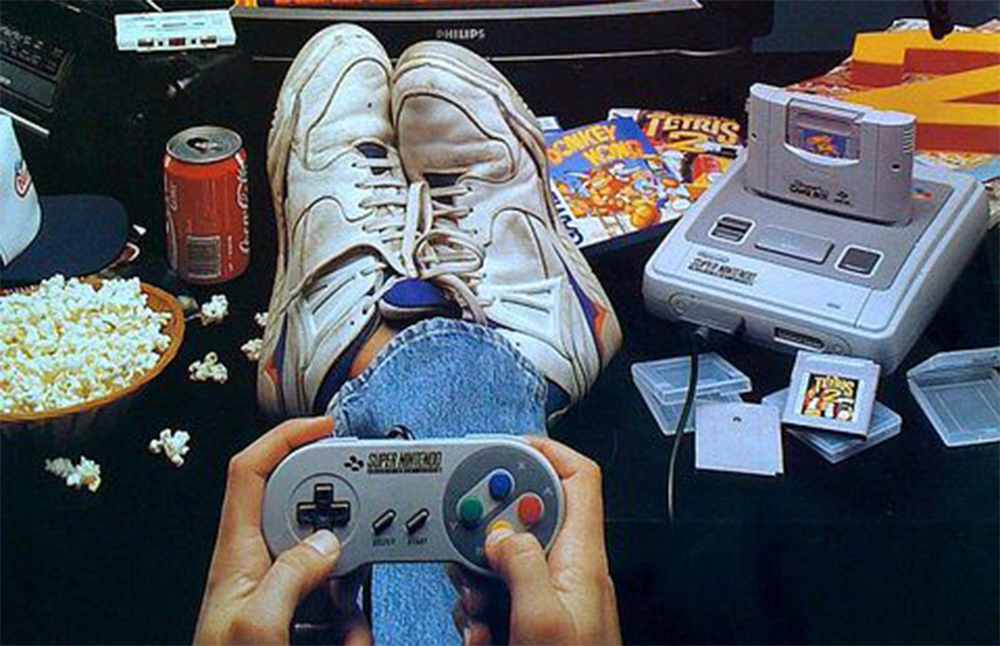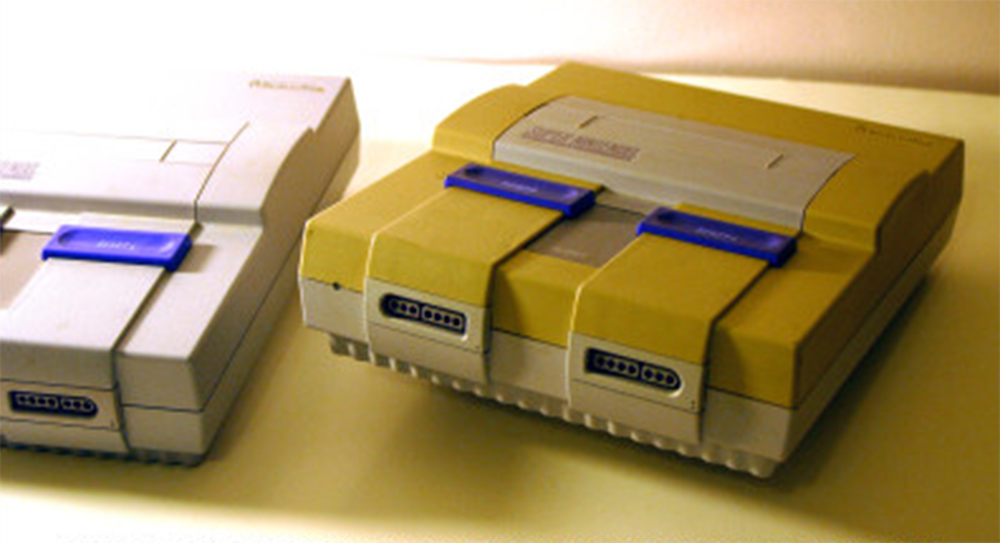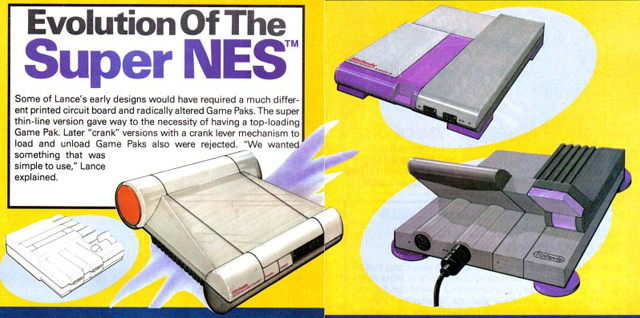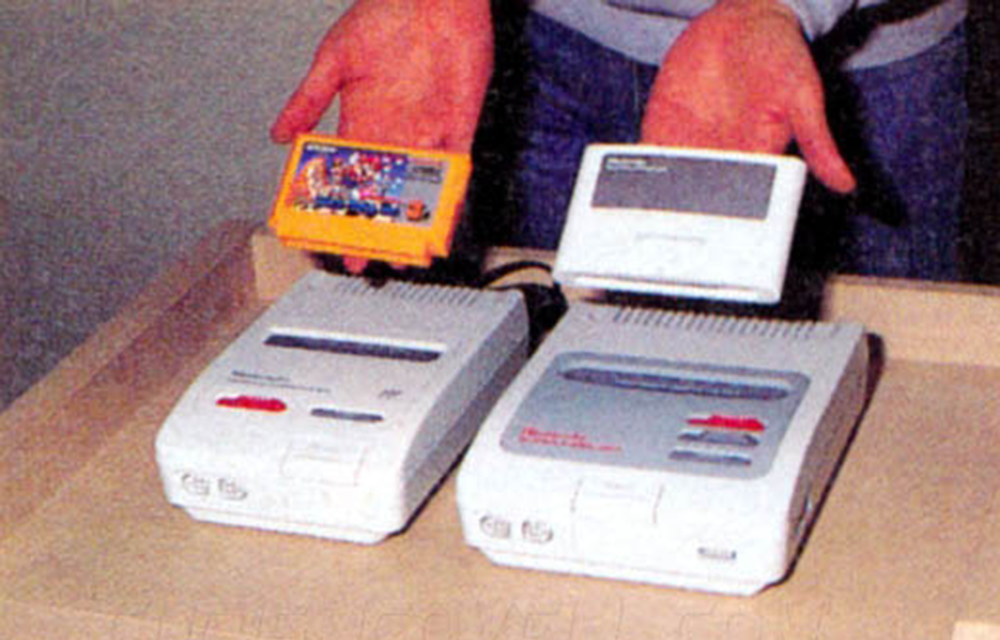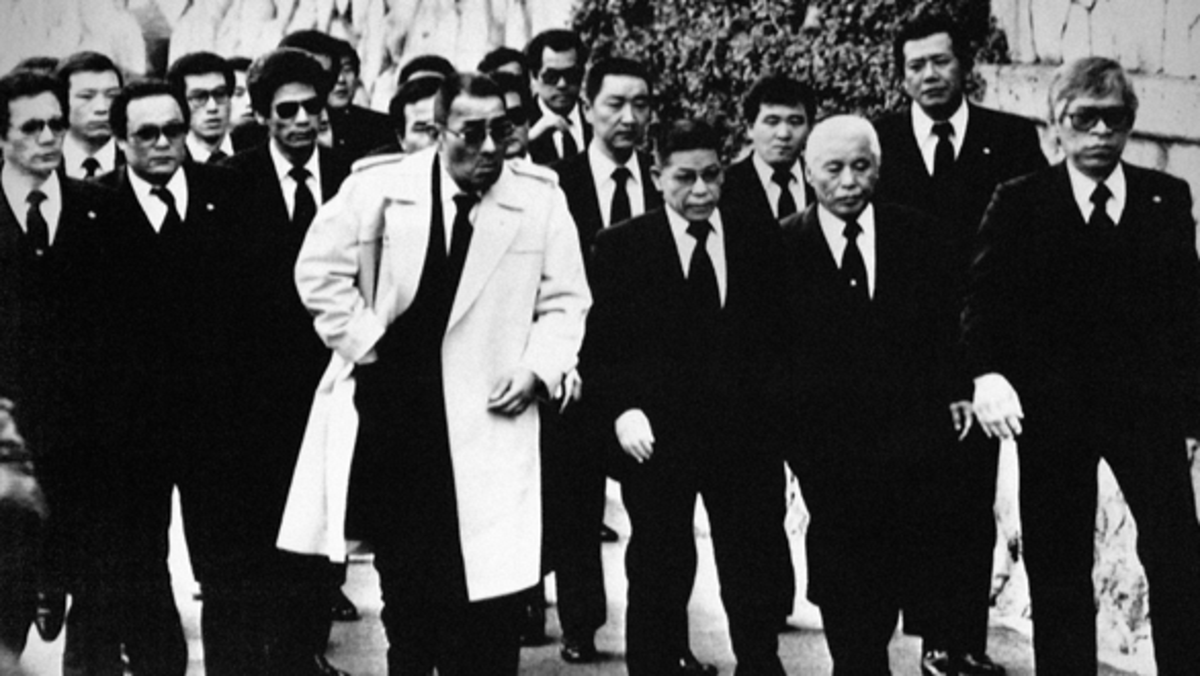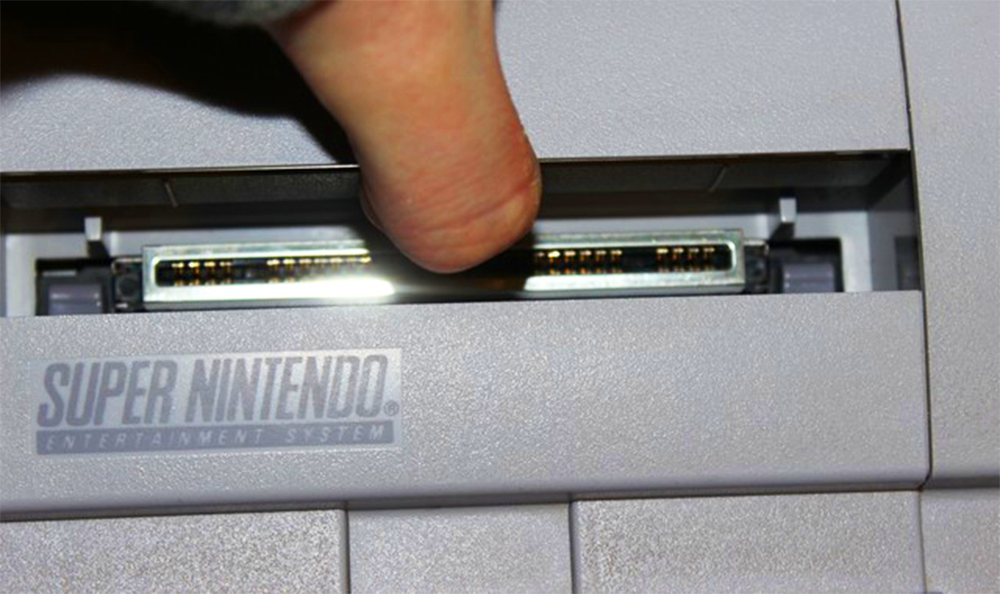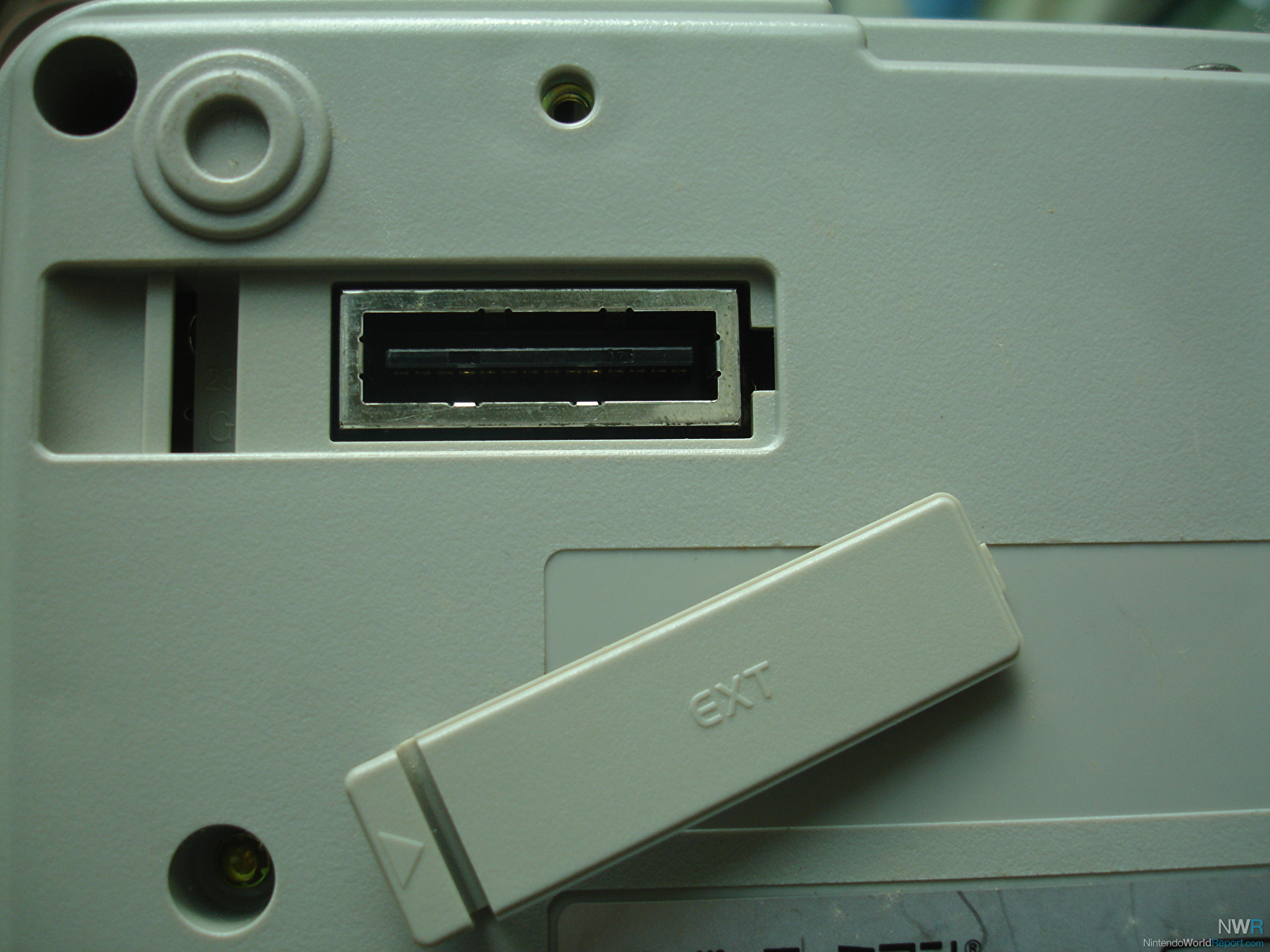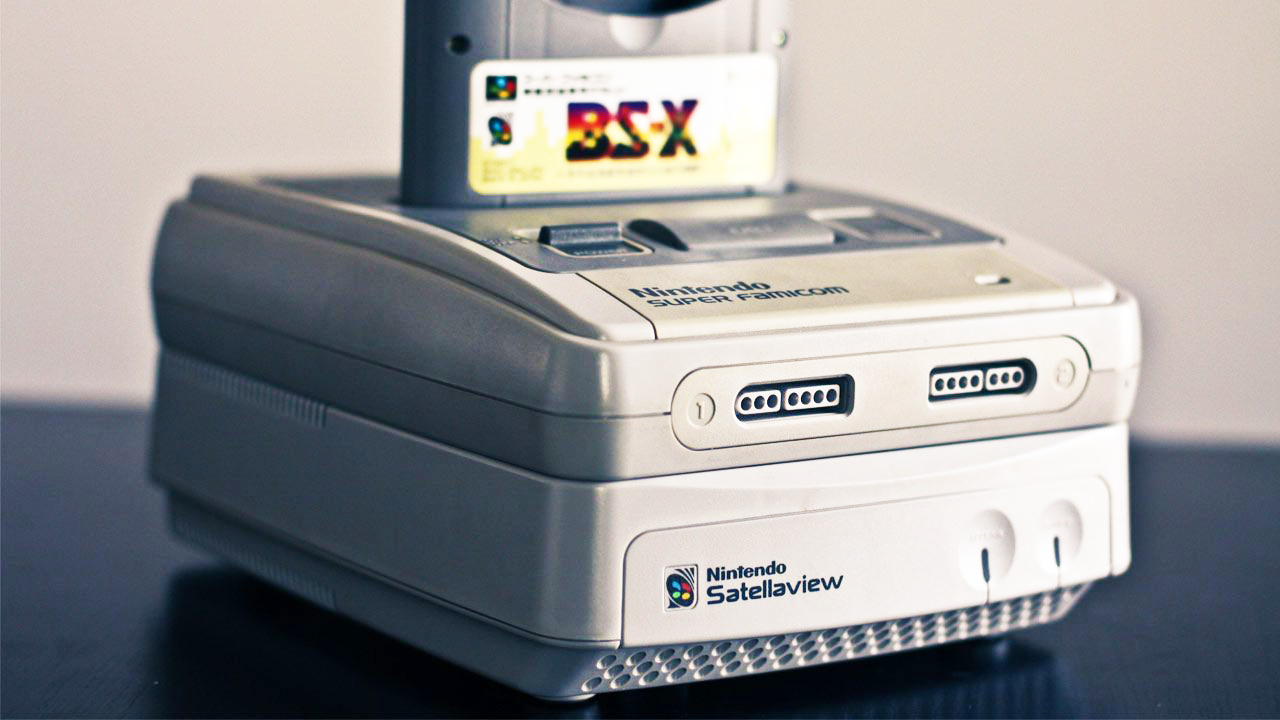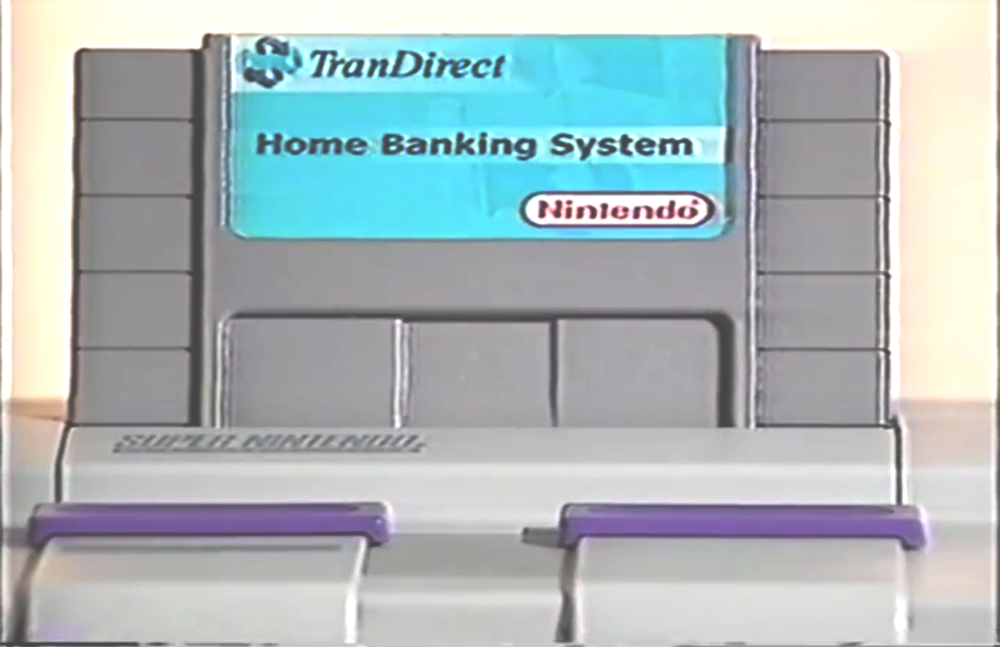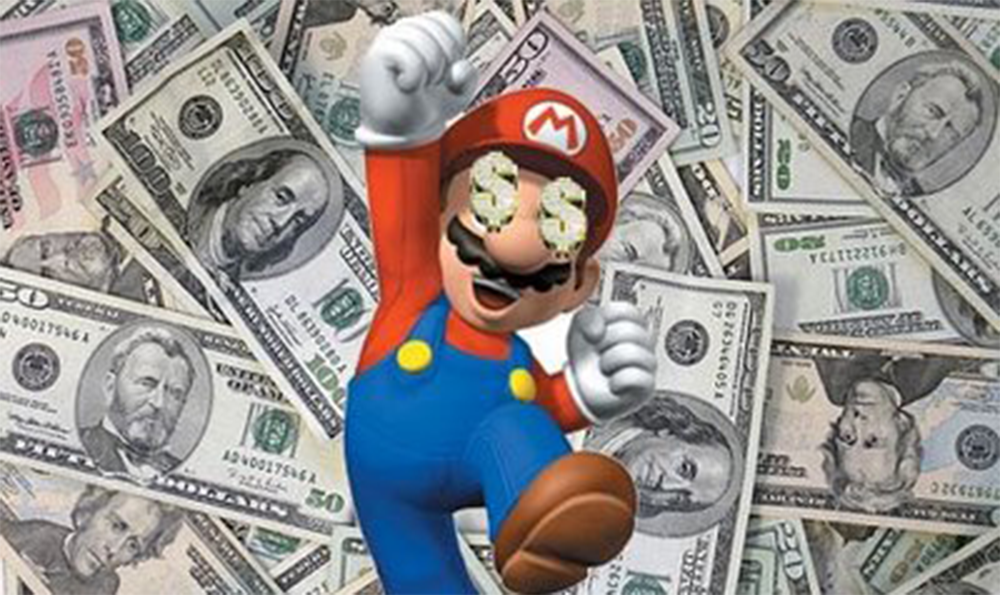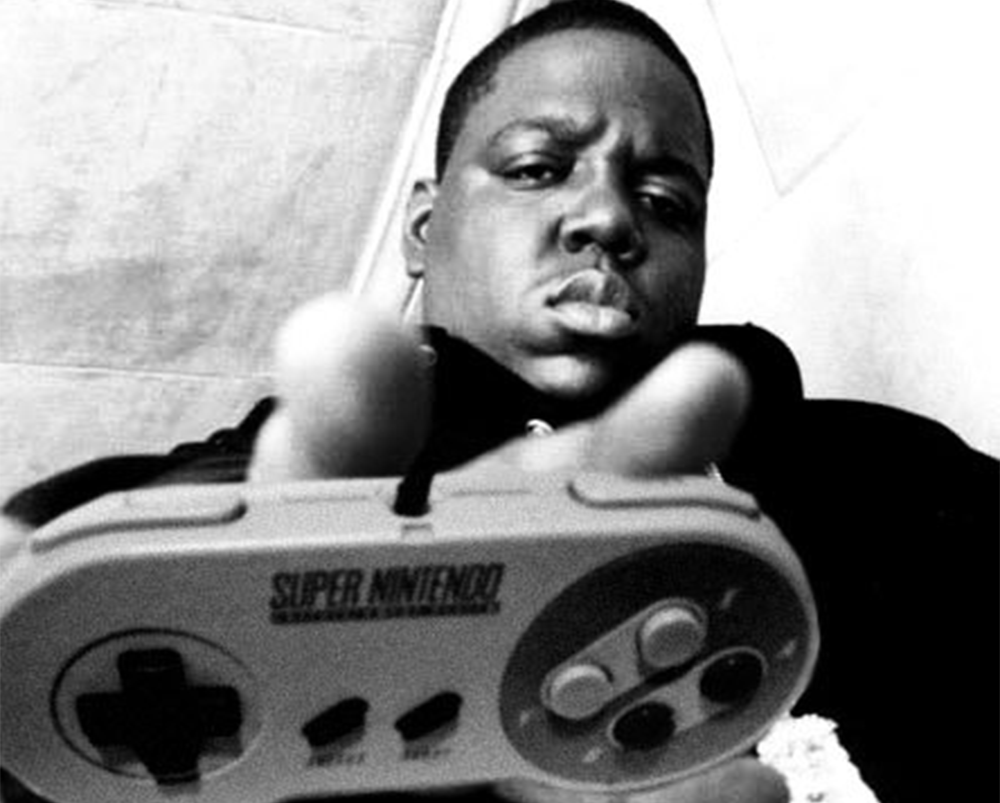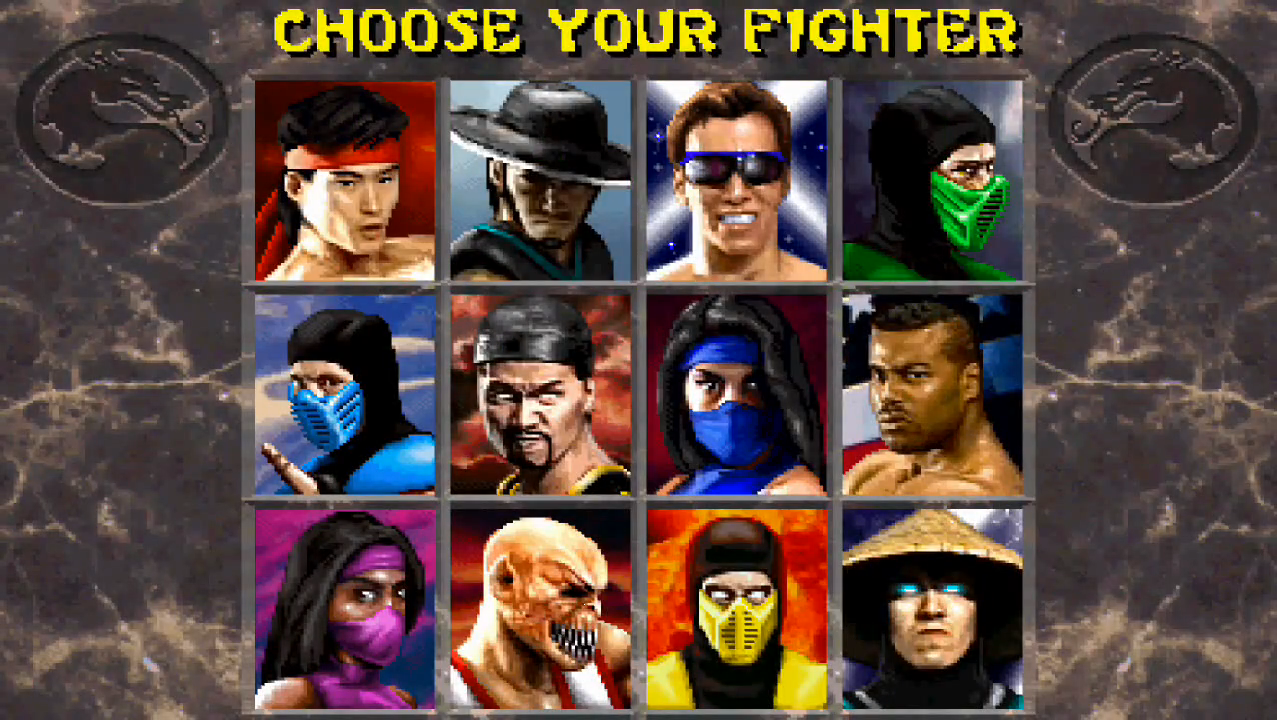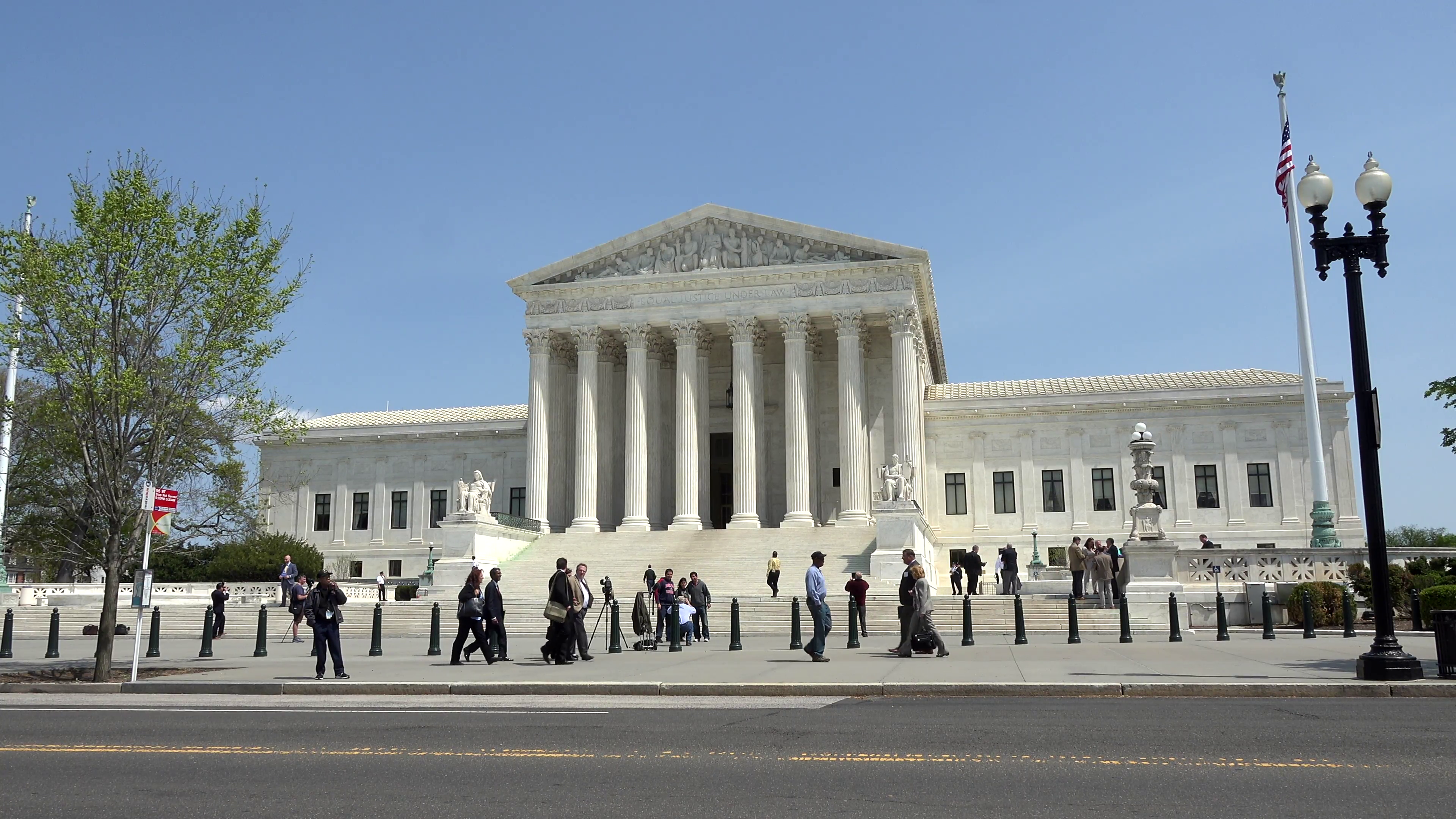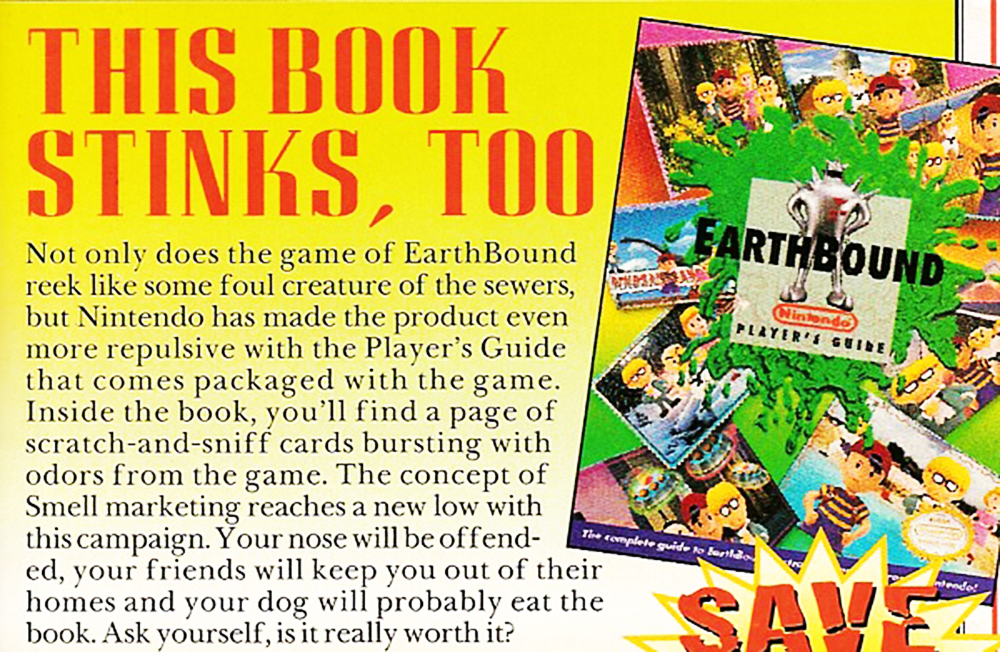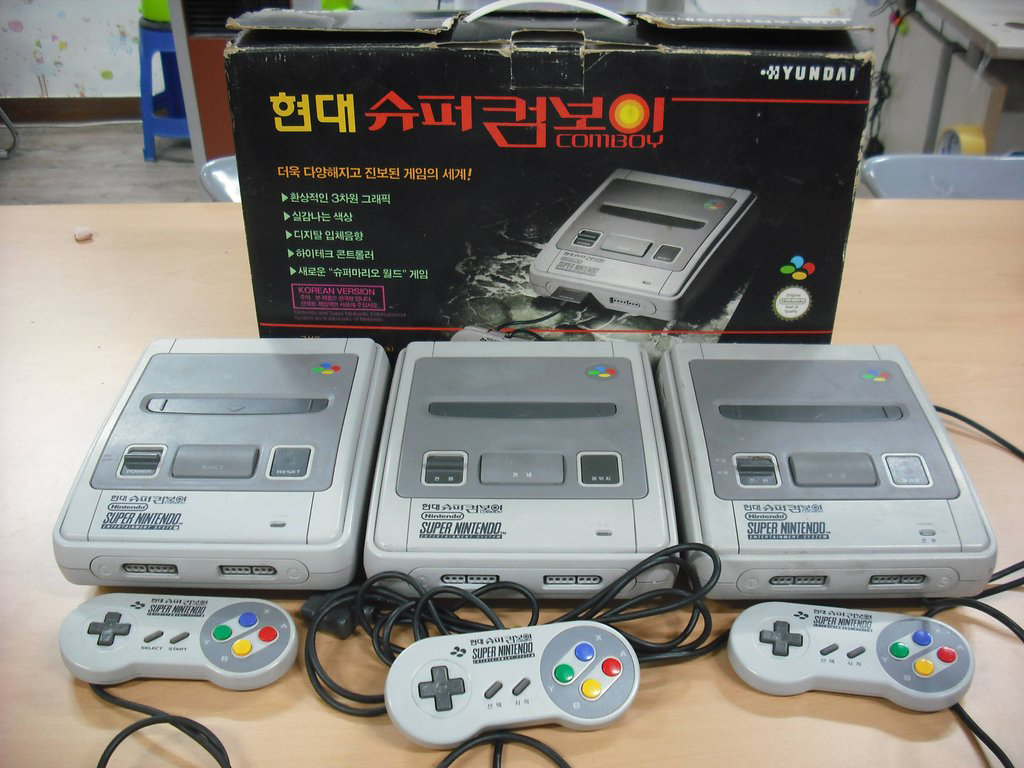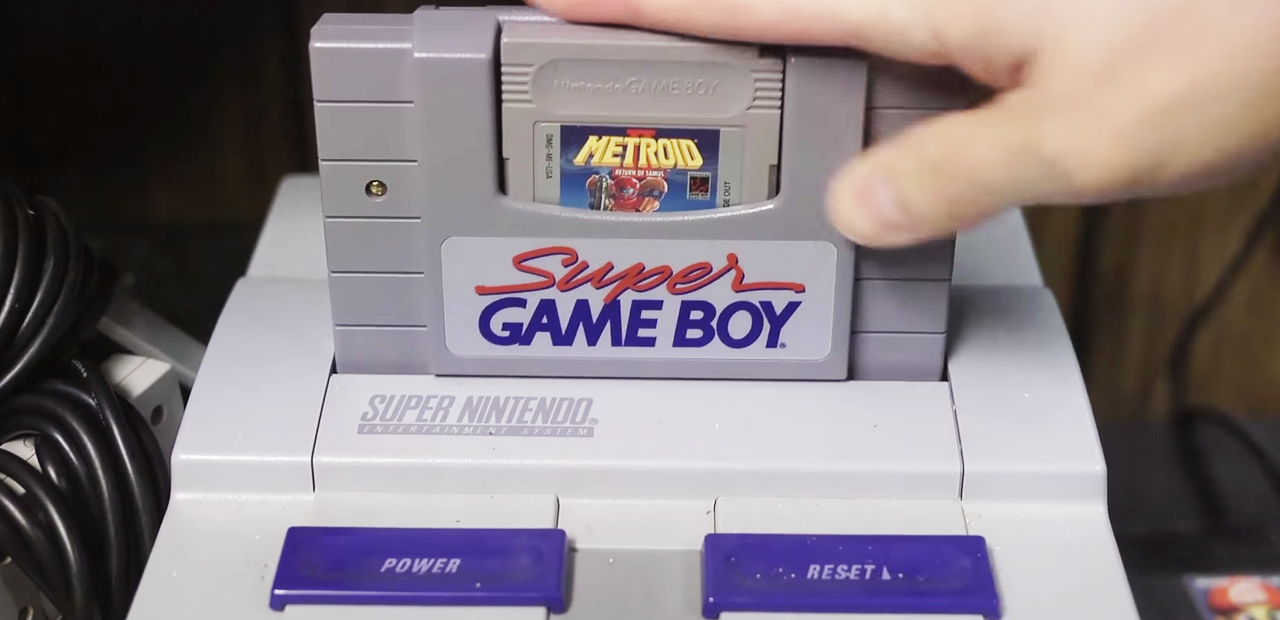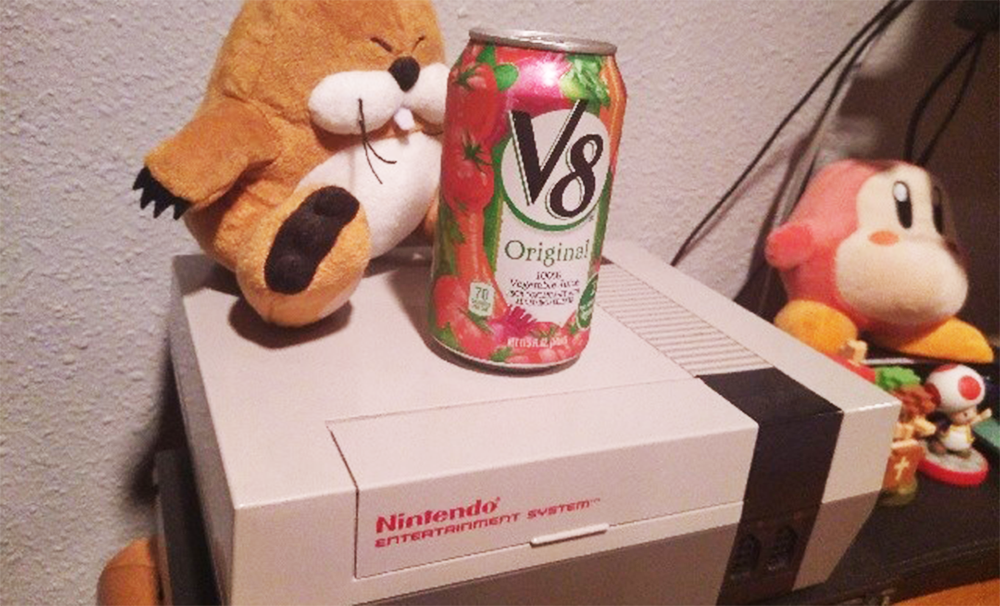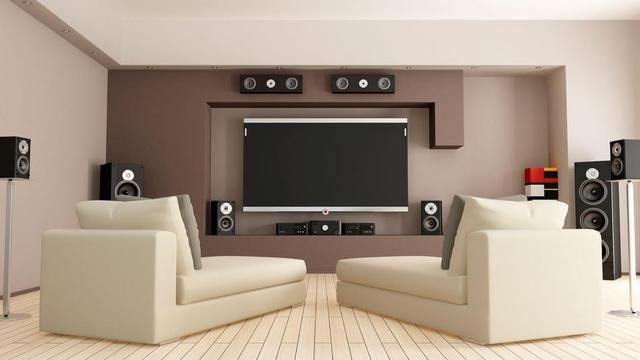There are many consoles that have touched the hearts of gamers in a special way, and the Super Nintendo Entertainment System (faithfully known by fans as the SNES) is one of the systems that ushered video games into an era of mainstream popularity and cemented the legacy of Nintendo’s iron grip on the medium.
Games like Donkey Kong Country, Mario Kart, and F-Zero are all part of the console’s legendary plethora of titles that had players all over the globe spending hours in front of their square televisions.
This was also an important time in video game history because the two primary competitors SNES and Sega Genesis were a step up in overall quality that resulted in a shift in public opinion as these consoles were considered more mature than anything that had released up to that point.
The Super Nintendo was a spectacular console, and even after almost three decades the system is still beloved and played by many, and serves as a true testament to the momentous impact that it had on the world.
The modern era of consoles would not exist if it were not for the revolutionary step that the Super Nintendo helped advance by including some of the most dazzling graphics and the gorgeous sound that has become part of the expected presentation we take for granted.
So as we approach the release of the anticipated Super Nintendo Classic, it is interesting to take a look at some of the lesser-known facts about this legendary console.
30 Nintendo Did Not Even Plan It
Nintendo had a firm grip on the world of video games with the massively popular release of the original Nintendo Entertainment System (known as the NES) and had no real plan to follow up the console with another, but was challenged by a new rival. Sega had found a threshold of popularity with the technically superior Sega Master System (later updated as the Sega Genesis) and this caused Nintendo’s sales to plummet as Sega released their aggressive advertising campaign that targeted Nintendo. The Super Nintendo was primarily just a reactive release to help keep their name in the game, and thus the most historically important and infamous video game rivalry was started. Without Sega, Nintendo probably would not be the powerhouse media entity it is today as the rivalry forced them to evolve.
29 The Yellowing
As the years go on, the SNES has found its way onto the shelves of swap meets, second-hand stores, and the libraries of gaming collectors in all corners of the globe. But some unfortunate owners of the console began to see a strange change to the console as some Super Nintendos started turning yellow from the eggshell white. This was due to a mistake in the process that the developers of the consoles made in a move to add a flame retardant formula to the plastic shell that housed the system, and has infamously been a big part of what has made the SNES look quite ugly as it turns into that hideous yellow. It makes the console look terrible, but at least it had functionality that many did not know about.
28 It Almost Looked Completely Different
The Super Nintendo has a fairly simple design as a gracefully curved gray box with purple buttons, but initial concept designs of the system have it looking like a completely different machine. The concept designs featured a lever that would eject the cartridge, along with a slimmer design and a use of dark colors to go with the sleek smooth plastic as opposed to the matte finish of the newer one. While the Japanese and European ones would have a more vibrant appearance, one has to imagine what the impact of the console would have been had it had looked like these initial concepts. Perhaps the state of video game console designs would have been streamlined, and the future of Nintendo could have been massively different.
27 Backward Compatibility
Something that a lot of gamers take for granted is the concept of backward compatibility, where a game console can play the games from an earlier system. This is something we have seen on the Xbox One, PlayStation 2, and the early versions of the PlayStation 3, but is not necessarily an entirely new concept. There were plans for the Super Famicom to have a separate slot for the console to be able to play Famicom games. This was scrapped for unknown reasons, but one could deduct that Nintendo probably did not want to ruin the exclusivity of the first system or just simply avoid extra costs to the development of their new console. There was a prototype hub that connected the two consoles, but it was unfortunately never surfaced to the general public.
26 Japanese Gangs Loved It
During the Japanese launch of the Super Nintendo Entertainment System (Known in Japan as the Super Famicom), there was an influx of attention and desire for the popular console (which will be covered as well). This included the likes of the Yakuza, a deadly Japanese gang that has roots since the 17th century. This meant that Nintendo had to avoid the attempted theft of their console by exclusively shipping the system at night. This is just another piece of evidence as to how popular this system was as even hardened criminals wanted a piece of the pie and were not afraid to get jail time just to get their hands on Nintendo’s prized console. While it is probable that the criminal syndication wanted them for resell, it is still funny to think that there had to be a partial group that just wanted to play some Super Mario World.
25 What Region Lock?
A problem that has existed for gamers since the dawn of the Nintendo Entertainment System is that the console is released in different versions for the regions across the globe. This has caused slight issues when it comes to cross-play ability, it also causes problems when there are some games that are not available in North America. Fortunately, the only real difference between the European and North American releases of the Super Nintendo was just a curved cartridge in Europe. With a small modification in loosening the Super Nintendo’s shell, the North American version can play the European titles with ease, successfully ignoring the region lock that is supposed to be there. While small, this trick makes the Super Nintendo even more versatile and unleashes the true power of the console.
24 Expansions?
The Japanese release of the Super Famicom was extended by a number of accessories, primarily an add-on that changed the console (we will get to that), but the European and North American never saw their own extension. This is a head scratcher, to say the least, as the European version even had a slot specifically for an expansion module but never received one in its lifespan. Perhaps this would have been the slot for the hub that connected it to the original Nintendo. Or, perhaps, the initial idea of connecting the Super Game Boy, a device that allows Game Boy games to be played on the SNES, was going to be through this bottom hub as opposed to a cartridge with a slot for the Game Boy games.
23 Online Gaming?
This will probably come off as mind-blowing, but the Super Famicom was able to connect online through a satellite connection and provide one of the earliest forms of digital media distribution in console history. Named SatellaView, this expansion hooked up to the bottom of the Super Famicom and was strictly released in Japan. Among the features that this add-on gave was the ability to download alternate versions of old games like A Link To The Past or even brand new titles like the notoriously absent F-Zero 2. That is not where it stopped, however, as it also featured a digital hub that resembled the Mii online hub of the Wii, allowed players to listen to the radio, and even featured online magazines for players to read.
22 Laughing To The Bank (At Home)
Surprisingly, the Super Nintendo did not receive any add-ons in North America as covered, but that did not stop a company from trying to make use of the console in a completely different way than it was intended for. The TranDirect Holding Home Banking cartridge and special keyboard controller that would end up never seeing the light of day, as it as a mere promotional pitch as a software for mass production. Unfortunately, it did not catch fire, but one has to understand the sheer absurdity of doing bills on a SNES in 1993, not that it was not ambitious and is not very short to what PS4 and Xbox One have achieved with their multi-media hub with internet exploring capabilities. These entrepreneurs were just a little too ahead of the curve.
21 Expensive Productions
A problem with the Super Nintendo that does not seem to be mentioned enough is that there were serious costs that came with developing games for the system as Nintendo had a very strict quality standard. This meant that a lot of titles that were exclusive to the Sega Genesis were mainly because the hoops they had to jump through to make these games on Nintendo, and thus there tend to be more family-friendly games that are licensed productions like The Lion King as their budgets were probably higher. Also, the more vibrant assortment of colors that the system is capable of (which will be explained in detail) added to this as the Genesis ended up having more muted games, which were all a product of Nintendo’s strict standards.
20 EA’s Deal With Sega Made The SNES Look Childish
Developers EA had an early special connection with sports as they developed some of the most iconic sports releases that came to the foray during this era of Nintendo vs. Sega. But it was not necessarily a good thing for Nintendo as there was a popular belief that coincided with the more playful style of SNES games, as the Sega Genesis was starting to be seen as the more mature console. This also went hand-in-hand with the exclusive deal that EA made with Sega to release special games like the Madden franchise. Since sports ties in with gambling, real-life competition, and the serious connection that people gravitate to, it is a shame that Nintendo was hampered in this way, but it was a sign of things to come.
19 Mentioned By A BIG Rapper
Interesting note for some video game fans that are not familiar with the hip-hop genre (or the 1990s old-school hip-hop, to be exact), is that the massively popular rap artist Notorious B.I.G. mentioned the Super Nintendo in one of his hit singles; “Juicy.” While it does not directly coincide with the success of the SNES, it is still used as a powerful piece of exposition to the narrative that Notorious raps about and as the years go on it is important to note that it was a small but notable piece of what made him the legend that he is today. You can even see his crew playing the console in his music video, playing Street Fighter II as he spits some of the greatest bars that ever graced hip-hop history.
18 Kontroversy
Mortal Kombat may be the most important game franchise of all-time in terms of cultural impact. At a time where video game violence was not exactly graphic enough to be considered obscene, the turn of an era saw the release of the first Mortal Kombat in arcades and Sega Genesis featuring blood and gore as characters literally rip each other apart. However, the SNES release saw most of the blood and removed the fatalities that made the game famous. So when Mortal Kombat II released on the Genesis and SNES, developers Midway hid a code to enable the blood and gore on the Sega port to avoid lawsuits and bad publicity on the family-oriented console. This did not stop Mortal Kombat from seeing a court hearing to decide the fate of violent video games, but representatives from Sega and Nintendo agreed to form the ESRB to help regulate game releases.
17 Secret Illegal Activity?
One of the wildest rumors that gamers have concluded during this competitive war between Sega and Nintendo is one that is still debated to this day. Apparently, the legend goes that Nintendo brought upon lobbyists to help regulate and censor games in a bid to make the Sega Genesis lose its footing as the more popular console at the time. This is probably a tall tale, but it is a testament to the competitive time between the two giant companies, and only this makes it so that it is a believable rumor. Still, it would have been quite interesting to think that there would be undercover Nintendo agents, and while it is almost entirely unbelievable, it still tends to amuse gamers as one of the oddest moments in their rivalry.
16 Total Fail
Earthbound is a pretty famous game in Japan, and this had to do with the intelligent marketing strategy that Nintendo used to sell this fantastic RPG. However, they would try a different strategy that was admittingly daring, but equally ill-witted in North America. Promotion for Earthbound in North America was limited to strange adverts that referred to the game in seemingly negative lights in an attempt to be edgy. This was worsened when they released adverts that would be smell-and-scratch in particularly foul odors to apparently intrigue the people that would smell these awful scents. This did not reflect the intricate style of gameplay that the game offers, and the game would go on to be a failure in the North American market and the subsequent sequels have been released almost exclusively in Japan.
15 The Super Hyundai?
The Super Nintendo was practically available worldwide, and while most regions had their distinct differences, none were as severe or notably strange as the South Korean release. Featuring the name Super Comboy and being distributed by Hyundai, this change was made as a part of the country’s bid to limit the Japanese culture after their prior war. It may sound like a sad reason to change the name of the console, it is kind of funny to think that Hyundai was in the business of selling game consoles at the time, and serves as a fun piece of history in the prolific background of one of Nintendo’s most important consoles of all time. Furthermore, it also marks a moment where Nintendo’s name was still not big enough to grant it the bulletproof stature of power that it has today.
14 Not Powerful Enough
It would be a surprise to many fans of Nintendo’s original handheld game system Game Boy is actually one strong piece of machinery. So much so that it would come as an even bigger surprise to these fans that the Super Nintendo is actually not capable of being able to process an emulator to run Game Boy games. That is why the Super Game Boy cartridge is more or less a Game Boy component that uses the Super Nintendo to broadcast the gameplay to the larger screen. This does not mean that the Super Nintendo does not enhance the Game Boy games as some have a completely different color scheme specifically coordinated for the console and some even had special features like a customized frame around certain games.
13 Mature Colors
The Sega Genesis was a huge factor in the initial inception of the Super Nintendo and while the creation of the console was probably the most important part of its history, it is fun to look at the cosmetic changes to the console that resulted directly from the Genesis’ popularity. See the European version of the Super Nintendo was famously released with a colorful controller that used bright rainbow colors with the eggshell white on the main box, but the North American release featured a muted blue and purple scheme to go with the white. This was because Nintendo wanted to distance themselves from being a childish console for the masses, especially as the Genesis’ black color scheme was seen as more sleek and futuristic.
12 Gaming Console, NOT A COASTER
The Nintendo Entertainment System was the predecessor to the SNES and felt its own important reach to the world as a legendary console of its own. The classic gray and black console are known for its characteristically boxy look that had a flat surface on top of it, which apparently attracted gamers for all the wrong reasons. See gamers would place their drinks on top of the console and as mistakes happen, the drink would spill into the air vents that were on top of the system and destroy the insides of it. This led to the sleeker design of the SNES that featured a rounded top with many niches, bumps, and curves just to try and stop gamers from placing their drinks on the top of the console and even moved the air vents to the back as a precaution.
11 Super Surround Sound
Now while the Super Nintendo might not be powerful enough to emulate the Game Boy and its game, it still has a feature that would not be a standard in the video game world until years later. It is the usage of the famous Dolby Surround sound system, which was made possible for the Super Nintendo to help its audio performance and give it an edge above its competitor with this astoundingly futuristic feature. While many games do not necessarily contain compatibility with this feature and it would take a very complicated setup to utilize this feature, there are still a couple of games like Super Castlevania IV that support it and make for a truly immersive experience when games were still relatively seen as a novelty to most of the public.

